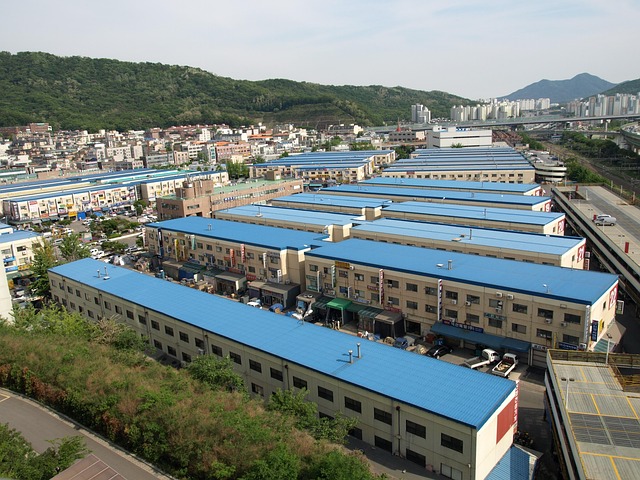In today's competitive real estate market, success requires strategic navigation through diverse factors. Investors must consider supply/demand dynamics, economic health, demographics, and local regulations impacting rental rates and returns. Diversification across locations and asset types reduces risk. Staying current with maintenance trends and market demands like smart homes enhances property value and tenant appeal. Strategic adjustments based on local trends ensure competitiveness. Careful balancing of risk and reward is crucial; rapid rent growth areas may be susceptible to economic shifts, impacting stability. Thorough research, data analysis, and trend awareness mitigate risks, enabling investors to achieve profitable higher rents while ensuring long-term investment security.
In today’s competitive real estate market, understanding the dynamic between rent and return is crucial for investors. This article delves into the factors driving potentially higher rents and explores strategies to maximize rental income while balancing risk and reward. From market trends and demographic shifts to property management techniques, we navigate the landscape of elevated rents, offering insights to help you make informed decisions in the world of real estate.
Understanding the Dynamic of Real Estate Markets: Factors Influencing Rent and Return

In the dynamic landscape of real estate, understanding the intricate factors that drive rent and returns is paramount for investors and tenants alike. Market forces such as supply and demand play a pivotal role in determining rental rates; areas with high demand and limited housing stock often experience elevated rents. Economic conditions also significantly influence real estate trends—a booming economy can spur investment and increase property values, potentially leading to higher rents.
Demographics are another critical component; population growth, migration patterns, and changing lifestyles impact the real estate market. For instance, areas attracting young professionals or families may see an uptick in rental demand, leading to increased rates. Furthermore, local regulations and policies regarding zoning, construction, and tenant rights can either facilitate or hinder market equilibrium, affecting both rent levels and investment returns in the broader real estate sector.
Strategies for Maximizing Rental Income and Investment Returns

In the competitive real estate market, maximizing rental income and investment returns is a top priority for many property owners. One effective strategy is to diversify your portfolio. By owning properties in different locations or asset classes (residential, commercial, industrial), you spread risk and take advantage of varied market dynamics. This approach ensures that not all your eggs are in one basket, providing stability amidst fluctuations in the real estate sector.
Another crucial tactic is staying ahead of maintenance and upgrade trends. Regularly evaluating and enhancing your properties to meet current market demands can significantly impact rental rates. For instance, incorporating smart home technology or energy-efficient appliances not only attracts tenants but also increases property values over time. Keeping an eye on local real estate trends and making strategic adjustments will help ensure your investments remain competitive and profitable in the long run.
Balancing Risk and Reward: Navigating the Potential Pitfalls and Benefits of Higher Rents

In the realm of real estate, the allure of higher rents and bigger returns is undeniable. However, navigating this landscape requires a delicate balance between risk and reward. Investors must acknowledge that pursuing enhanced financial gains often comes with potential pitfalls. One key consideration is market volatility; areas experiencing rapid rent growth may also be susceptible to sudden economic shifts, leading to decreased tenant demand and rental income fluctuations.
Additionally, the competition for these high-yield properties can intensify, driving up acquisition costs and reducing margins. Investors need to conduct thorough due diligence, analyze historical data, and stay abreast of market trends to mitigate these risks. By carefully navigating these potential obstacles, real estate investors can harness the benefits of higher rents while safeguarding their investments for sustainable long-term growth.






